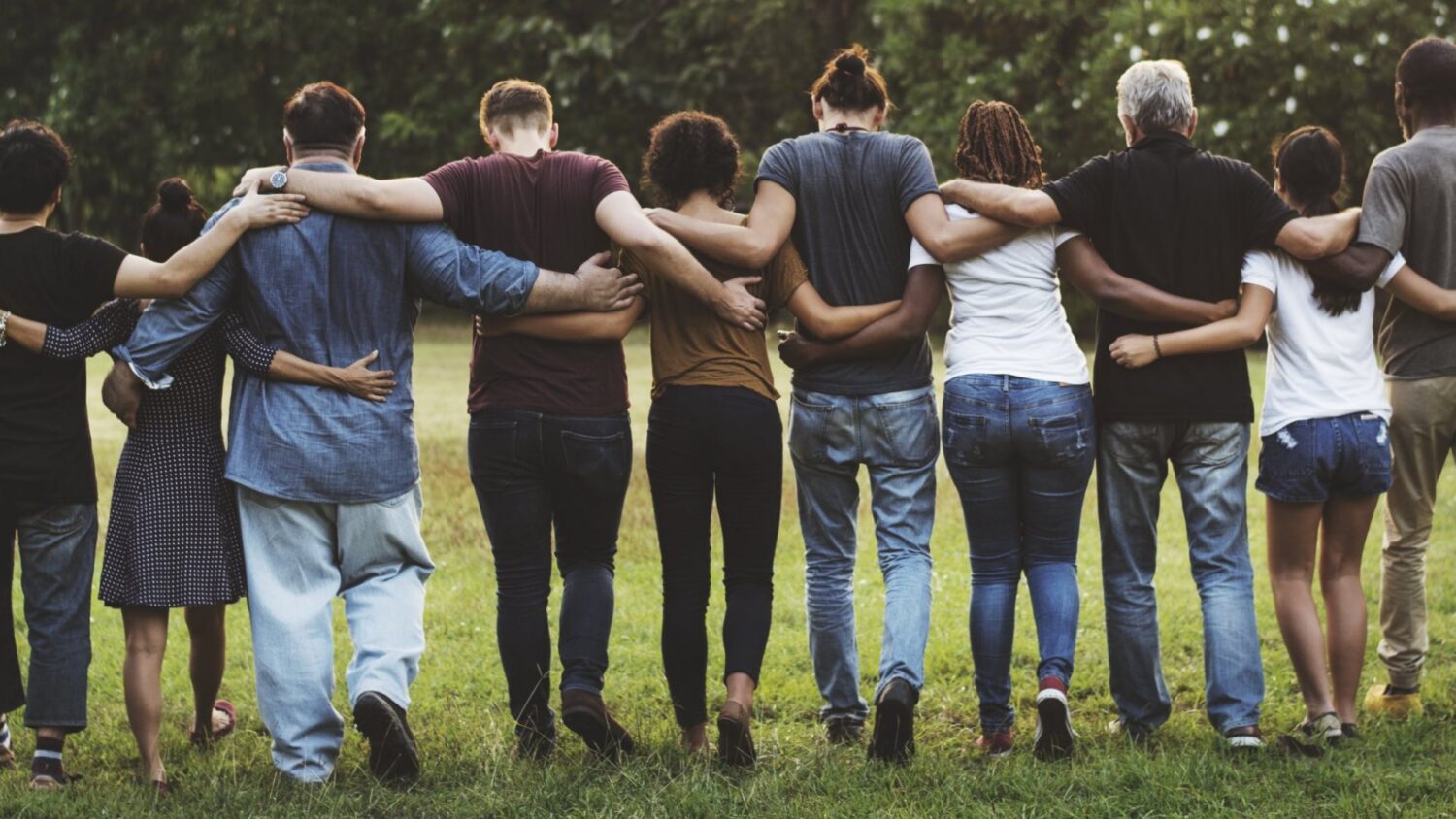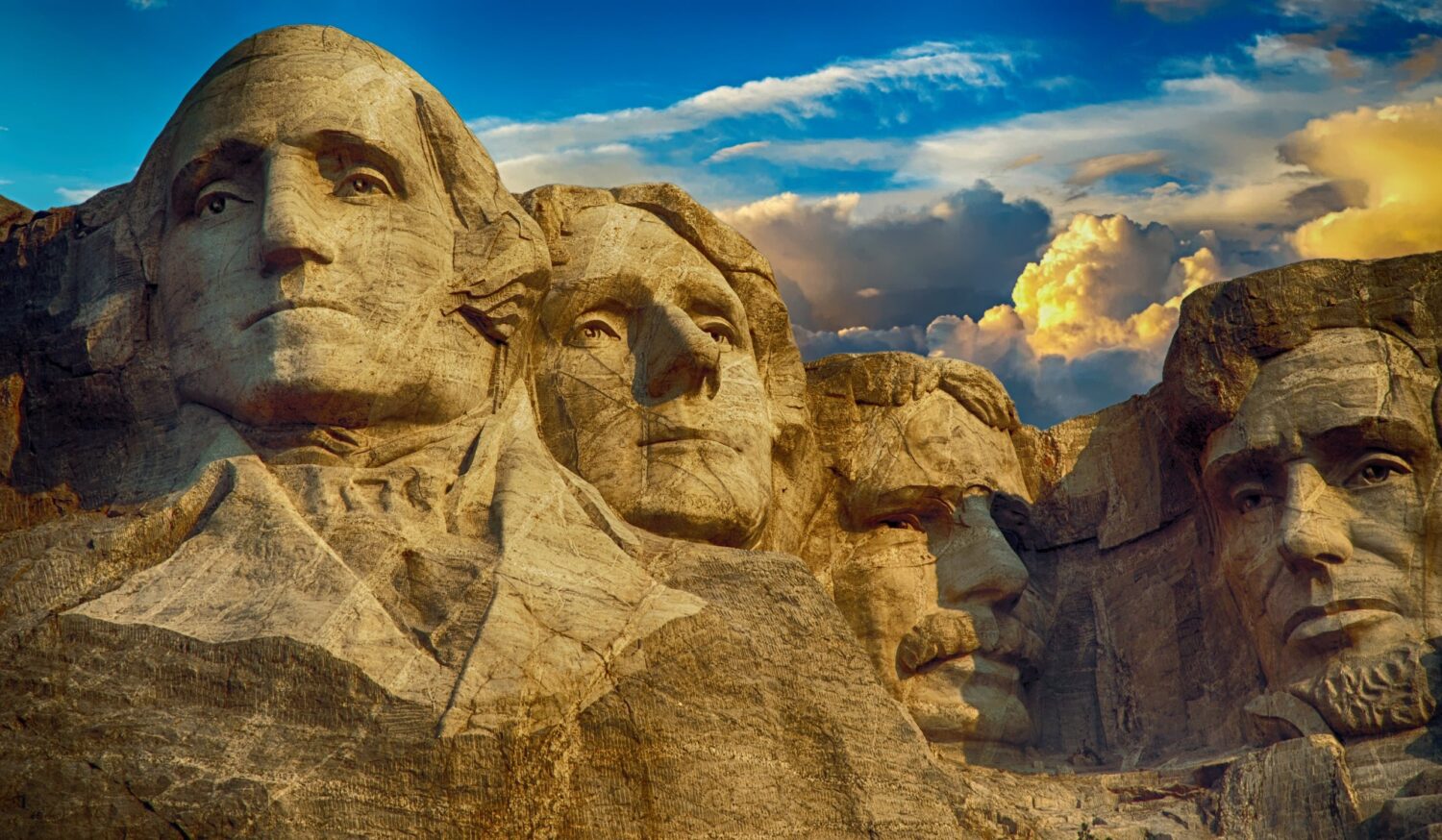
Do you know why historical monuments are celebrated and why we need to protect them at all costs?
Although considered public property, there has been a tremendous rise in the number of countries and citizens urging everyone to protect these structures. Monuments are buildings famous for their architecture and cultural heritage and a symbol of the times long gone, which most of us might not even have lived.
Ancient structures remind us of our cultural heritage. They are a treasure for a nation and a symbol of pride for their civilization. Monuments are property built and maintained using our tax money. So, if they are damaged or vandalized, it is a loss for every individual.
So, why not learn the perks of preserving this public property to every community in a country:
To Local Communities

By taking a step towards preserving a historical monument, you invest in the present and future of you, your kids, and the community as a whole. Some might argue that keeping these pieces alive in textbooks is enough, but according to many preservationists, one can safeguard their past only if they take care of its physical remains.
To a Nation’s Culture

Preserving the historical monuments helps keep communities beautiful, livable, and vibrant. It allows them to connect with a particular place or a community’s past. Learning about the history of a community builds a sense of belongingness among the people and helps them learn more about their culture and their ancestors.
Monuments feature different designs and construction that remind us of the culture that created them and the events that led to their creation. It helps stabilize older communities, bring citizens together, and provide a sense of stability and a tangible connection with the past.
To the Environment
As historical structures are public property, preserving them is vital for everyone. It is also environmentally responsible for rehabilitating the existing structures and maintaining them instead of replacing them or building new ones. If these structures are constructed unnecessarily, it will lead to a scarcity of resources and wastage of energy and workforce.
To a Nation’s Economy

Historic preservation is a powerful economic engine as it helps support a nation’s economy in various ways. Several economic development studies have concluded that it is a tool for providing job opportunities, increasing GDP, growing tourism, generating income, and expanding the tax base.
Revitalize Neighborhood
Historic preservation is an effective way of revitalizing a country’s ignored and forgotten parts. They act as the heart and soul in the downtown areas by representing their social identity and economic engine. That’s why communities undertake the task of revitalizing these structures and the areas surrounding them for their betterment, and thus the whole country.
Create Job Opportunities
This point will compel you to wonder why the government spends a hefty sum in taking care of these structures. The answer is straightforward – historical monuments allow them to create jobs, which increases a country’s GDP, thus uplifting the economy.
Carrying out rehabilitation and restoration work from time to time and employing labor-intensive works helps create more jobs. It is the only labor that makes a monument look as new as ever, even after thousands of years. Thus, the economic perk of preservation activities is much more significant by creating local jobs.
Create Heritage Tourism

Instead of building new structures, preserving the older ones makes a lot more economic sense as they were often made of superior quality materials. Rehabilitating them to their original appearance helps attract investments and increase a place’s tourism.
People often don’t even mind traveling across a country or a continent to look at a monument that signifies a remarkable event. They derive a deep level of satisfaction by visiting these sites and learning about their history. Heritage tourists even spend billions every year traveling worldwide to look at different historical sites.
To the Education System
The amount of education offered by historic preservation is limitless. Putting efforts into their protection allows for active participation from everyone from students to teachers and community partners. It takes place in such settings that students have the opportunity to learn.
To Art & Aesthetics
Monuments are made with unique and valuable materials such as marble, sandstone, red stone, and heart pine with proper detailing. Only in these structures can one find decorative facades, attractive glasswork, and copper lining. It gives them a distinctive character, making them more exciting and thus contributing to the art and aesthetics.
How to Preserve this Public Property?

We can conclude that historical monuments are indeed public property from the above points. They give us valuable knowledge about our past and generate revenue for our country. As these structures are a rich source of our culture and golden times, one should preserve them by doing a few things that include:
- Working with a volunteer group
- Taking guests on monthly tours
- Hosting fundraising, exhibitions, and lecture series
- Submitting a nomination to the endangered places list
- Conducting community workshops and seminars
- Educating the people involved in the decision-making
We learn about historical structures to gain knowledge and valuable information. From religious places to pillars, landmarks, war memorials, tombs, and statues, various monuments were built by rulers from the past to commemorate vital figures and events. Some are also created by the government using our tax money to celebrate people from the past.
You can click here to learn more about the art of preserving the historical structures around you.
Final Words
Although innovation in architecture is a good thing, preserving and restoring older structures is also crucial as they reflect our history. They help us learn about different traditions, eras and observe the changes in the functioning of a society. As people today forget the role of historical monuments in our lives, it is vital to remind them of the same and encourage them to participate in the preservation activities.
We hope you’ve learned how these buildings bring character and charm to the country you live in.








